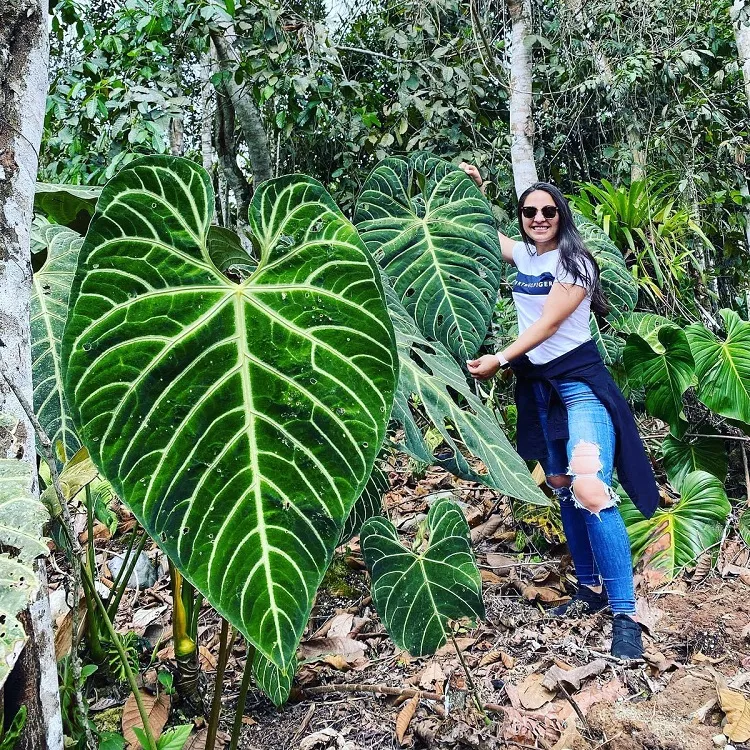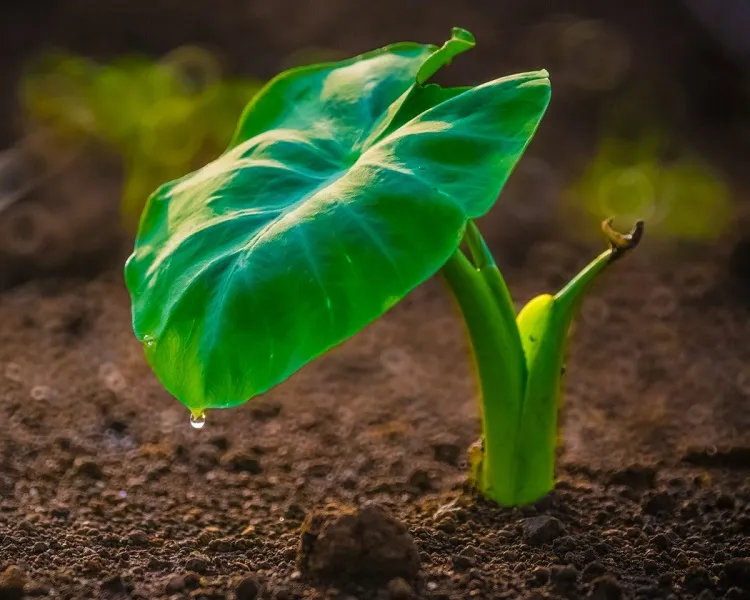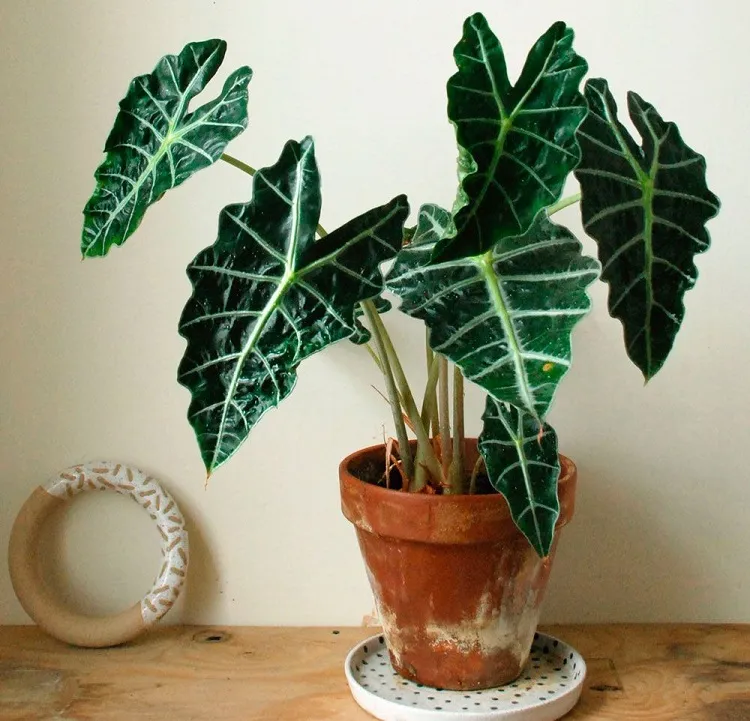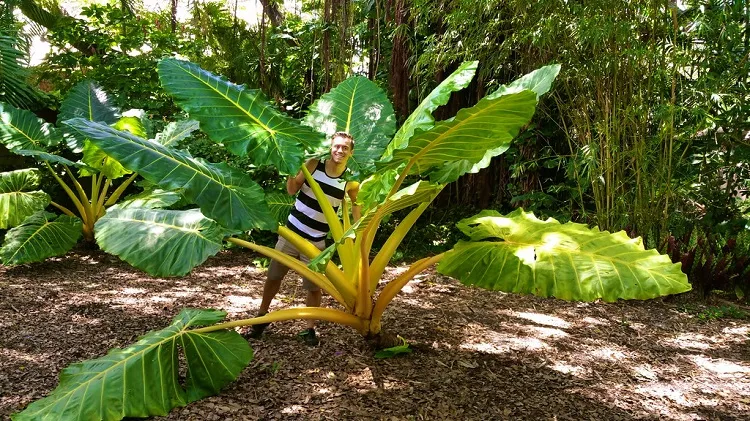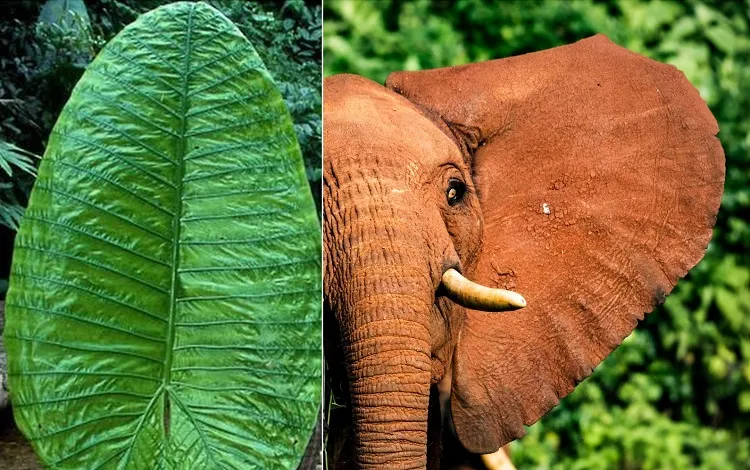If you’re looking for an unusual and interesting plant to decorate your garden, consider elephant ears. With its structure, its large, slightly wrinkled leaves really remind the ears of those giant in Africa, and they will add a tropical forest vibe to your green area. But before you rush out to buy this plant, it’s important to understand its nature and what kind of care it requires. Read this article to know everything about planting elephant ears whether you want it to embellish your garden, or the green corner at home.
Why the Plant Elephant Ears is So Interesting?
These tropical plants have large, heart-shaped leaves in a variety of colors, from solid green to deep burgundy and even white and pink. Elephant ears are native to tropical areas of Southeast Asia and the Pacific Islands. There they thrive in warm, humid places, where some species reach up to 6 feet (180 cm) in height.
The most striking feature of elephant ears is their leaves, which can be up to 3 feet (90 cm) long and 2 feet (60 cm) wide. Shaped like a heart and with their glossy texture, they stand out in any garden. They are not only remarkable, but also easy to care for. Although they prefer moist soil and plenty of sunlight, they can also tolerate some shade. These plants are relatively low-maintenance and can be grown in the garden or indoors.
When is the Best Time to Plant Elephant Ears in the Garden?
These plants prefer warm, humid conditions and should be planted when temperatures are consistently above 60 °F (15 °C). So, if you live in a colder climate, you should wait until late spring or early summer. Before planting, make sure to prepare the soil of the chosen place with care. Keep in mind that this plant prefers moist, well-draining soil, so it’s a good idea to add some compost or other organic matter before planting.
How to Plant Elephant Ears in Pots?
If you don’t have a garden and want to grow elephant ears indoors, you can plant it in a big pot. Here are the steps how to do it:
- Pick a large and sturdy pot. This tropical plant has a long and wide root system and need plenty of room to grow. So, pick a pot that is at least 18 in (45 cm) in diameter with good drainage holes in the bottom.
- Fill the pot with soil. You should fill the pot with moist, well-draining soil, leaving a few inches of space at the top of the container for watering.
- Plant your elephant ear. Place its bulb in the center of the pot, making sure it is covered with soil, but not buried too deeply. The top of the bulb should be just below the soil’s surface.
- Take proper care. You should place the pot in a sunny spot and water regularly to keep the soil moist. For the best results, fertilize it every few weeks during the growing season to encourage its healthy growth.
What is the Best Care for Elephant Ears ?
People are respected by this large plant, they think it’s hard to grow it, and often ask the gardeners: “How do you take care of an elephant ear plant?” Despite its strange look and sometimes enormous leaves, it’s not difficult to grow this plant, once you have planted it. Here are some tips on how to take care of it :
- Regular watering. Elephant ears prefer moist soil, so it’s important to water them regularly. Keep the soil consistently moist, but not waterlogged, to prevent any root rot.
- Occasional Fertilizing. This plant is a heavy feeder. Therefore, elephant ears will benefit much from fertilization. You can use a balanced fertilizer every 4–6 weeks during the growing season to encourage healthy growth.
- Providing plenty of sunlight. Elephant ears thrive in full sun to partial shade. Make sure to plant them in a location that receives at least 6 hours of sunlight per day.
- Good mulching practice. Mulching around the base of the plant will help to retain moisture in the soil and prevent weeds from growing.
- Keeping free from pests and diseases. Elephant ears are relatively pest and disease-resistant, but can occasionally be affected by spider mites or some fungal diseases. Keep an eye out for any signs of problems and treat promptly, when it’s necessary.
If you live in a colder climate, you should dig up your elephant ears in the late autumn, and store it indoors for the winter. To do this, dig up the bulb and remove any excess soil from the roots. Then store it in a cool, dry place and replant it in the late spring. With proper care and maintenance, your elephant ears will thrive and bring beauty to your outdoor space.

